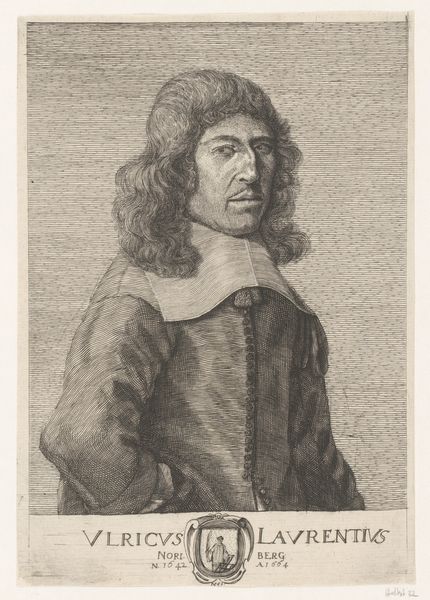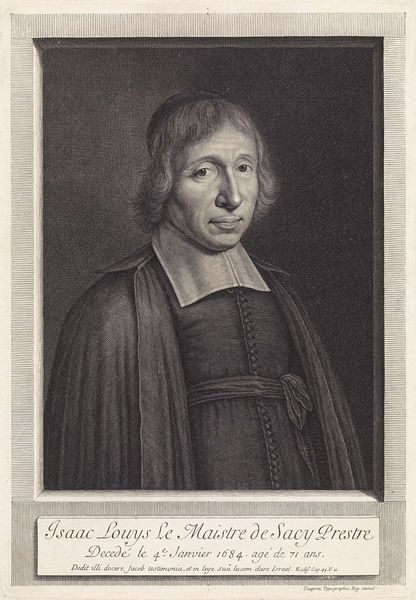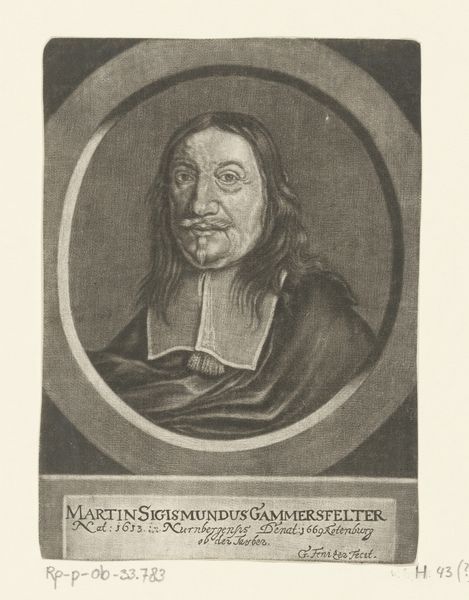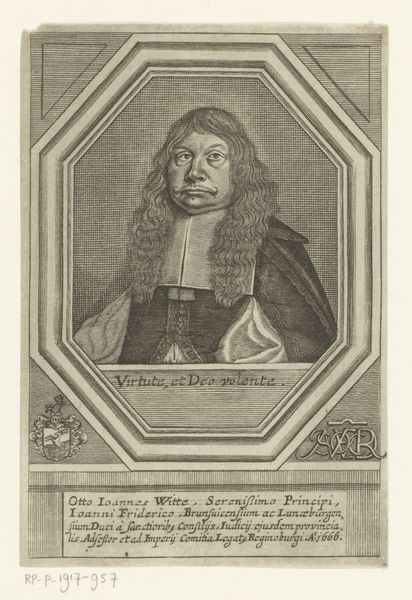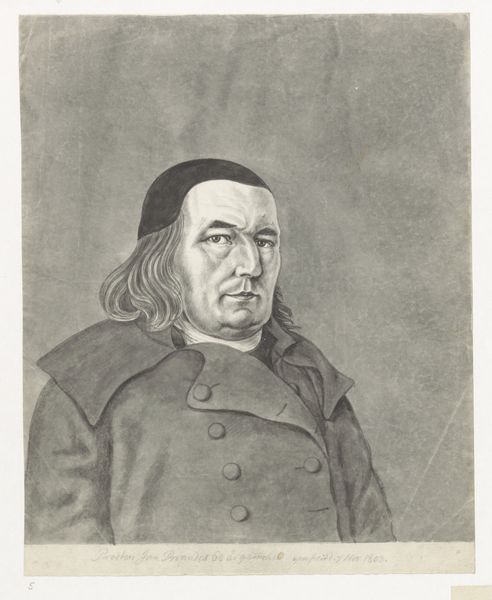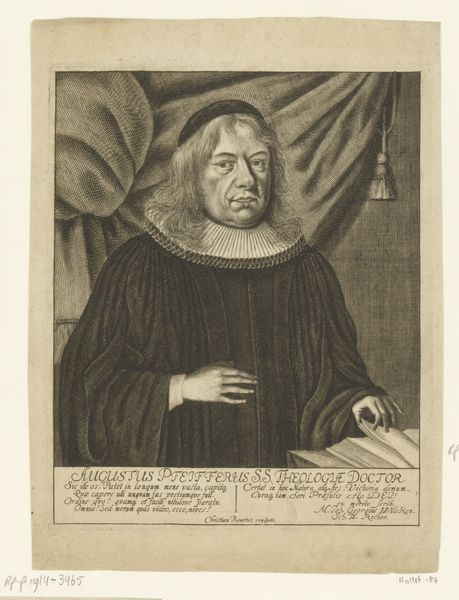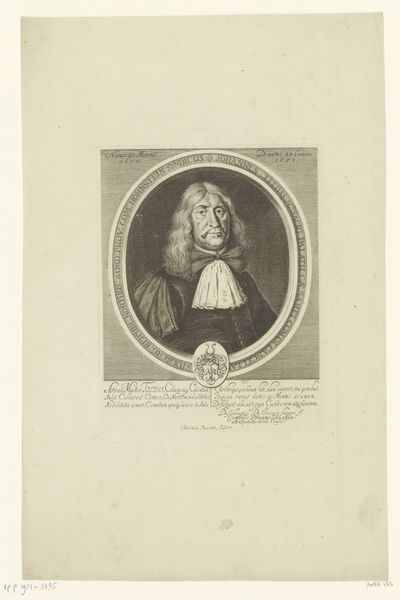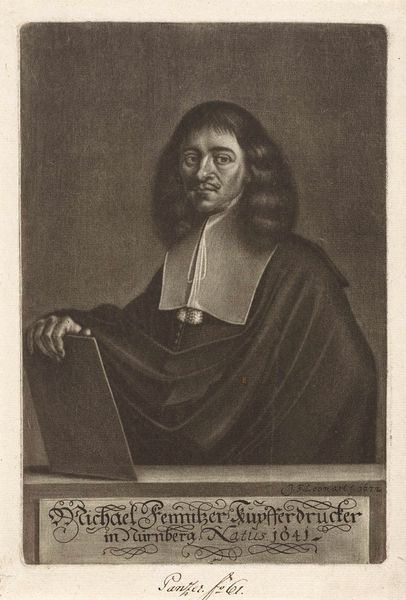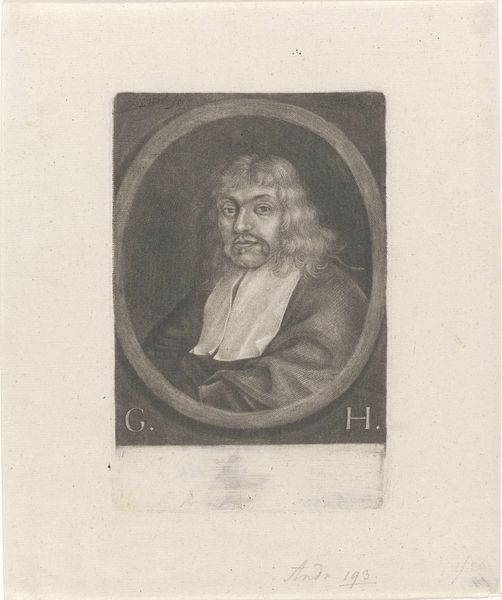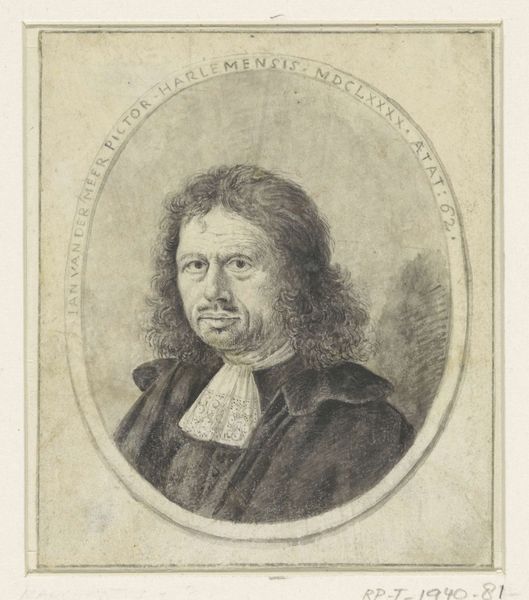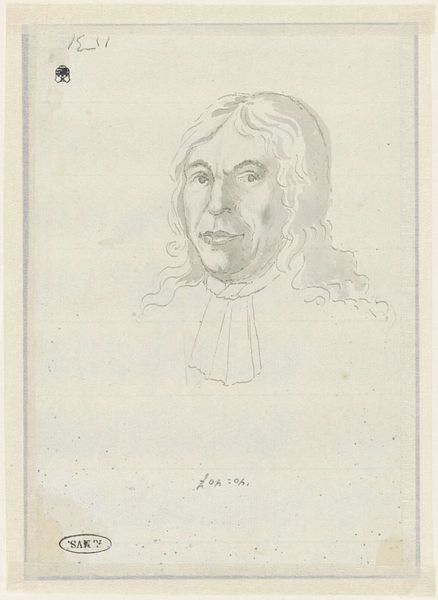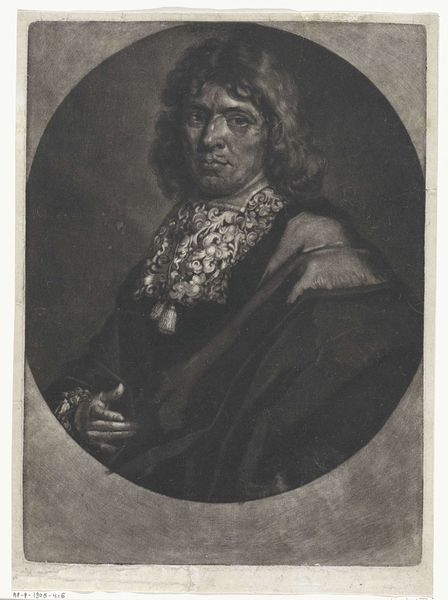
Portret van de remonstrantse dominee Isaac Pontanus 1655 - 1705
0:00
0:00
print, engraving
#
portrait
#
baroque
# print
#
engraving
Dimensions: height 202 mm, width 141 mm
Copyright: Rijks Museum: Open Domain
Editor: This is Michiel van Musscher's engraving, "Portret van de remonstrantse dominee Isaac Pontanus," dating roughly between 1655 and 1705. I'm struck by how the soft lines of the engraving give the portrait a subdued and somewhat melancholy air. How would you interpret this work within its historical context? Curator: That melancholy, I think, speaks volumes about the precarious position of the Remonstrants at this time. The Dutch Republic, despite its image of tolerance, was rife with religious and political tension. A portrait like this served not just as a likeness but also as a statement of affiliation, a subtle act of defiance and solidarity. The engraving as a medium is interesting here, too. Why do you think Musscher chose engraving, rather than painting, for this portrait of a prominent Remonstrant clergyman? Editor: Perhaps engravings made the image more accessible to a wider audience? Paintings were likely too expensive for many Remonstrant followers to own. Curator: Precisely. Prints circulated widely, making the image and the man it depicted more accessible. Consider the politics of visibility – how did distributing images of leaders and thinkers affect public opinion and community cohesion, especially within a group facing societal pressure? Think about how engravings allowed Remonstrants to subtly reinforce their identity in a society that wasn't always accepting of them. Editor: So the image acts as a quiet form of propaganda, a symbol of identity and resistance? Curator: In a way, yes. It’s a powerful example of how art can operate in the public sphere, reflecting and shaping social realities. Did the role of religious figures play into the patronage of portraiture at all? Editor: That’s a fantastic insight. I hadn’t considered the strategic distribution of prints as a means of affirming a marginalized identity. Curator: And understanding that dynamic, changes how we look at the work, doesn’t it?
Comments
No comments
Be the first to comment and join the conversation on the ultimate creative platform.
